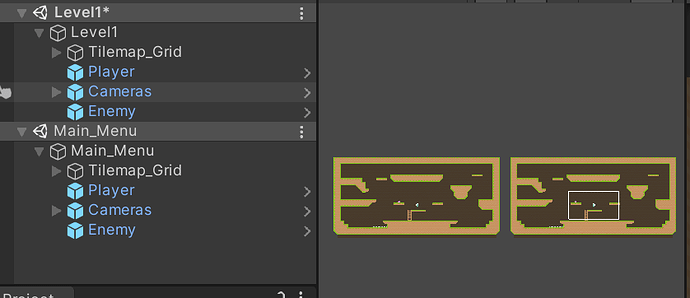In the video Level Flow Layout in (Complete C# Unity Game Developer 2D Online Course (Unity 2018) - Archive course.) we talk about loading multiple scenes and moving them. The instructor also says that you need to be careful to select all items and that this method may have issues down the road.
Would it not be efficient to link all items in each scene to a empty game object example level 1 have an empty game object level 1 and then link all related level 1 scene items under it to force all items of said scene to share the universal 0,0,0 coordinate system as if they were in the original positions?
Sorry about the run-on sentence here. Would this work or would it cost excessive system resources down the road? Previously the instructor talked about how memory is expensive and this could be caching the coordinates in memory rather than calculating them?
EDIT
Picture Example of linking the Items under a universal game object to keep the 0,0,0 coordinate system



